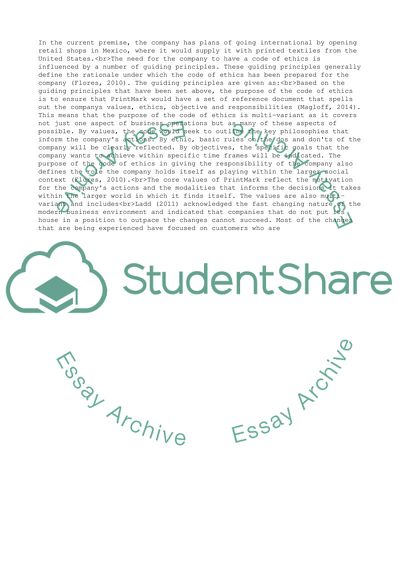Cite this document
(Code of Ethics Coursework Example | Topics and Well Written Essays - 2000 words - 1, n.d.)
Code of Ethics Coursework Example | Topics and Well Written Essays - 2000 words - 1. https://studentshare.org/business/1833419-code-of-ethics
Code of Ethics Coursework Example | Topics and Well Written Essays - 2000 words - 1. https://studentshare.org/business/1833419-code-of-ethics
(Code of Ethics Coursework Example | Topics and Well Written Essays - 2000 Words - 1)
Code of Ethics Coursework Example | Topics and Well Written Essays - 2000 Words - 1. https://studentshare.org/business/1833419-code-of-ethics.
Code of Ethics Coursework Example | Topics and Well Written Essays - 2000 Words - 1. https://studentshare.org/business/1833419-code-of-ethics.
“Code of Ethics Coursework Example | Topics and Well Written Essays - 2000 Words - 1”. https://studentshare.org/business/1833419-code-of-ethics.


